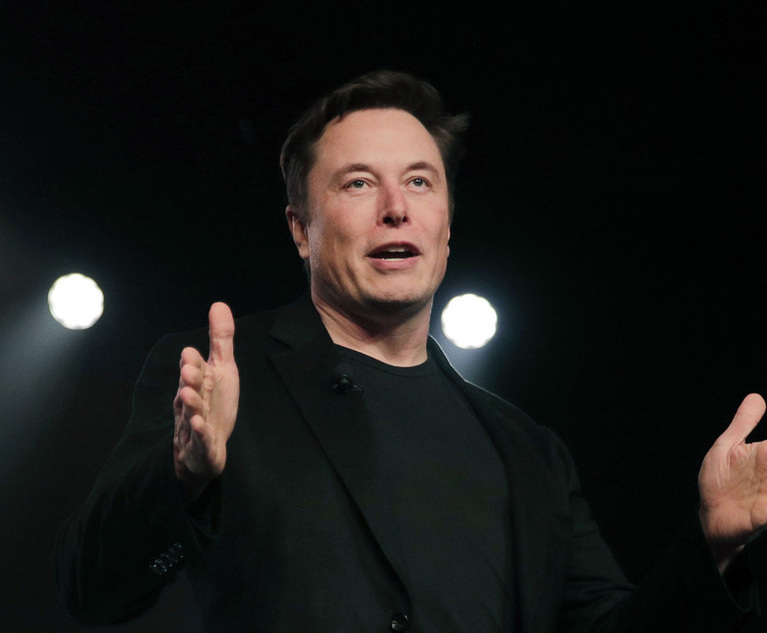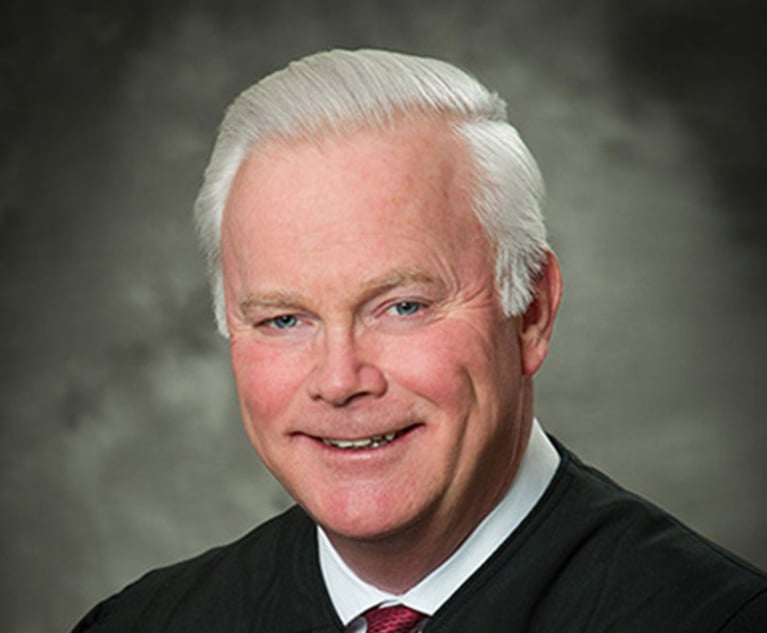“Controlling person liability” claims have become increasingly common in securities litigation. Due to a circuit split in how these claims can be established, plaintiffs have taken advantage of the relatively low threshold required in some jurisdictions to establish a prima facie case of controlling person liability. Asserting such claims in these plaintiff-friendly jurisdictions allows the plaintiff to survive a motion to dismiss with ease and forces the defendant to marshal a defense. As such, alleging controlling person liability has become a favorite tack-on claim in securities-related lawsuits against companies, including the recent high-profile cases involving Tesla and Apple.
In the recent case filed against Tesla in the U.S. District Court for the Northern District of California, Tesla shareholders sought to hold Tesla’s board of directors vicariously liable for a series of “false and misleading” tweets published by CEO Elon Musk in 2018 about taking Tesla private. The plaintiffs argued that the board was responsible for overseeing Tesla’s management and ensuring that public communications were accurate and not misleading. As such, the complaint alleged that the board had sufficient authority to control Musk’s behaviors, making the board a “controlling person” of Musk and therefore equally liable.


 Tesla CEO Elon Musk speaks before unveiling the Model Y at Tesla’s design studio in Hawthorne, Calif., March 14, 2019. (AP Photo/Jae C. Hong, File)
Tesla CEO Elon Musk speaks before unveiling the Model Y at Tesla’s design studio in Hawthorne, Calif., March 14, 2019. (AP Photo/Jae C. Hong, File)




